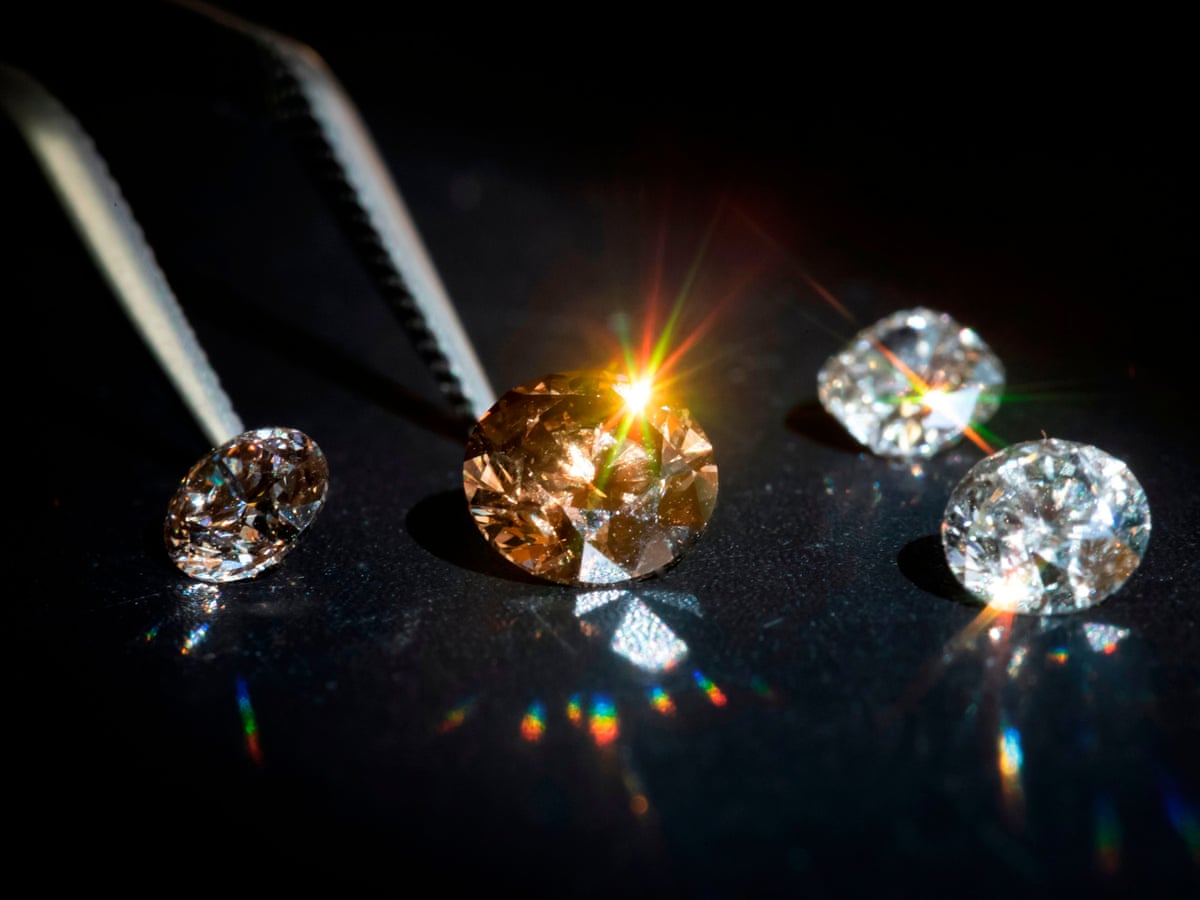Gemstones are cherished for their beauty and rarity, but their value can vary greatly depending on factors like clarity, cut, color, and carat weight. To ensure transparency and authenticity in the gemstone market, certifications from reputable grading laboratories play a crucial role. Among the most prominent institutions are the Gemological Institute of America (GIA) and the International Gemological Institute (IGI). In this article, we’ll explore the differences between GIA and IGI certifications to help you make an informed decision when purchasing gemstones.
What is GIA?
The Gemological Institute of America, established in 1931, is renowned worldwide for its rigorous standards and uncompromising commitment to gemological research and education. GIA offers a comprehensive range of services, including gem grading and identification, education programs, and research initiatives. Its reputation for accuracy and integrity makes it a trusted authority in the gemstone industry.
What is IGI?
Founded in 1975, the International Gemological Institute is another prominent player in the gemstone certification landscape. Operating in more than 20 countries, IGI provides grading and certification services for diamonds, colored gemstones, and jewelry. While not as old as GIA, IGI has gained recognition for its global presence and commitment to industry standards.
Certification Process
Both GIA and IGI employ rigorous certification processes to assess the quality and authenticity of gemstones. GIA’s process involves thorough examination by trained professionals using state-of-the-art equipment. Similarly, IGI adheres to strict protocols to ensure accurate grading and identification of gemstones. However, the specific methodologies and criteria may vary slightly between the two institutions.
Quality Standards
GIA and IGI maintain their own set of grading standards to evaluate gemstones. GIA’s grading scale is widely regarded as the industry benchmark, man made diamonds, providing detailed assessments of a gemstone’s characteristics. On the other hand, IGI follows a similar grading system but may apply slightly different criteria in certain cases. Both institutions prioritize consistency and accuracy in their assessments.
Accuracy and Consistency
One of the key considerations for consumers is the accuracy and consistency of grading provided by GIA and IGI. While both institutions strive for precision, some industry experts believe that GIA’s grading tends to be more conservative, resulting in slightly lower grades compared to IGI in some cases. However, this perception may vary depending on individual experiences and preferences.
Industry Acceptance
In the gemstone market, the acceptance of a certification can significantly impact the perceived value of a gemstone. GIA certifications are widely recognized and respected by jewelers, collectors, and investors worldwide, contributing to higher market value. While IGI certifications also hold credibility, they may not carry the same level of prestige as GIA in certain markets.
Cost Comparison
The cost of certification can vary depending on factors such as the type and size of the gemstone, as well as the specific services requested. Generally, GIA certifications tend to be more expensive than IGI due to its reputation and comprehensive grading process. However, the perceived value and marketability of a GIA-certified gemstone may justify the higher cost for some consumers.
Pros and Cons of GIA
GIA’s reputation as the leading gemological authority comes with several advantages, including widespread acceptance, rigorous standards, and consistent grading practices. However, the higher cost of certification and potentially lower grades compared to other laboratories may be considered drawbacks by some consumers.
Pros and Cons of IGI
IGI’s global presence and competitive pricing make it an attractive option for gemstone certification. Additionally, some consumers appreciate IGI’s potentially more lenient grading standards, which may result in higher grades compared to GIA. However, the perception of IGI as a secondary authority and potential inconsistency in grading could be perceived as disadvantages.
Case Studies
To illustrate the differences between GIA and IGI certifications, let’s examine a few real-world examples. In some instances, a gemstone certified by GIA may receive a lower grade compared to the same stone certified by IGI, leading to discrepancies in perceived value and marketability. However, these discrepancies are not necessarily indicative of inferior quality but rather variations in grading criteria.
Consumer Considerations
When choosing between GIA and IGI certifications, consumers should consider factors such as reputation, cost, and personal preferences. While GIA certifications offer unparalleled credibility and acceptance, IGI certifications may provide a more cost-effective solution with potentially higher grades. Ultimately, the decision should align with the consumer’s priorities and budget.
Expert Opinions
Industry experts have varying opinions on the merits of GIA vs IGI certifications. Some believe that GIA’s stringent standards and global recognition make it the preferred choice for high-value gemstones, while others argue that IGI offers comparable quality at a lower cost. Ultimately, the choice between GIA and IGI depends on the specific needs and preferences of the consumer.
Conclusion
In conclusion, both GIA and IGI certifications play important roles in ensuring transparency and authenticity in the gemstone market. While GIA is widely regarded as the gold standard in gemological certification, IGI offers a viable alternative with its global presence and competitive pricing. Consumers should carefully evaluate their options based on factors such as reputation, cost, and industry acceptance to make an informed decision.



